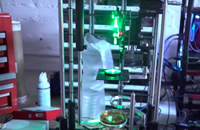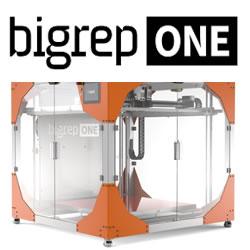This 3D-Printer Uses Holograms for Super-Fast Printing
 Patrick Lynch for Arch Daily: One established 3D-printing technique is using laser to cure light-activated plastic, building up layers one at a time in a time-consuming process. But now tech start-up Daqri has discovered a way of speeding up that process: by using a 3-dimensional hologram. The printer works by projecting a 3D light field into a dish of the light sensitive monomer “goo.” The plastic quickly hardens, allowing it to be extracted using a screen. The whole process takes just 5 seconds, compared to the several minutes than would be required by an ordinary 3D printer.
Patrick Lynch for Arch Daily: One established 3D-printing technique is using laser to cure light-activated plastic, building up layers one at a time in a time-consuming process. But now tech start-up Daqri has discovered a way of speeding up that process: by using a 3-dimensional hologram. The printer works by projecting a 3D light field into a dish of the light sensitive monomer “goo.” The plastic quickly hardens, allowing it to be extracted using a screen. The whole process takes just 5 seconds, compared to the several minutes than would be required by an ordinary 3D printer.
In addition to its increased speed, the printer also creates monocoque objects that don’t suffer from the weaknesses found in the “grain” between layers of 3-D objects. The process would also eliminate the need for supporting structures currently required to create some 3D objects. Cont'd...
Featured Product

